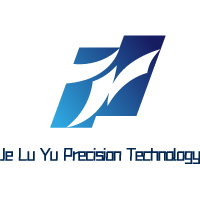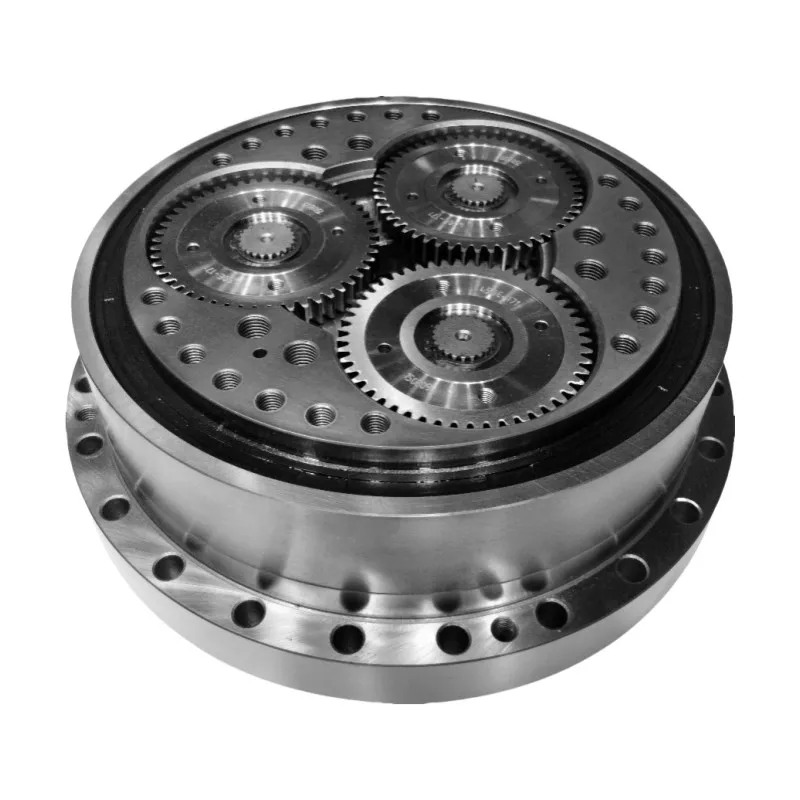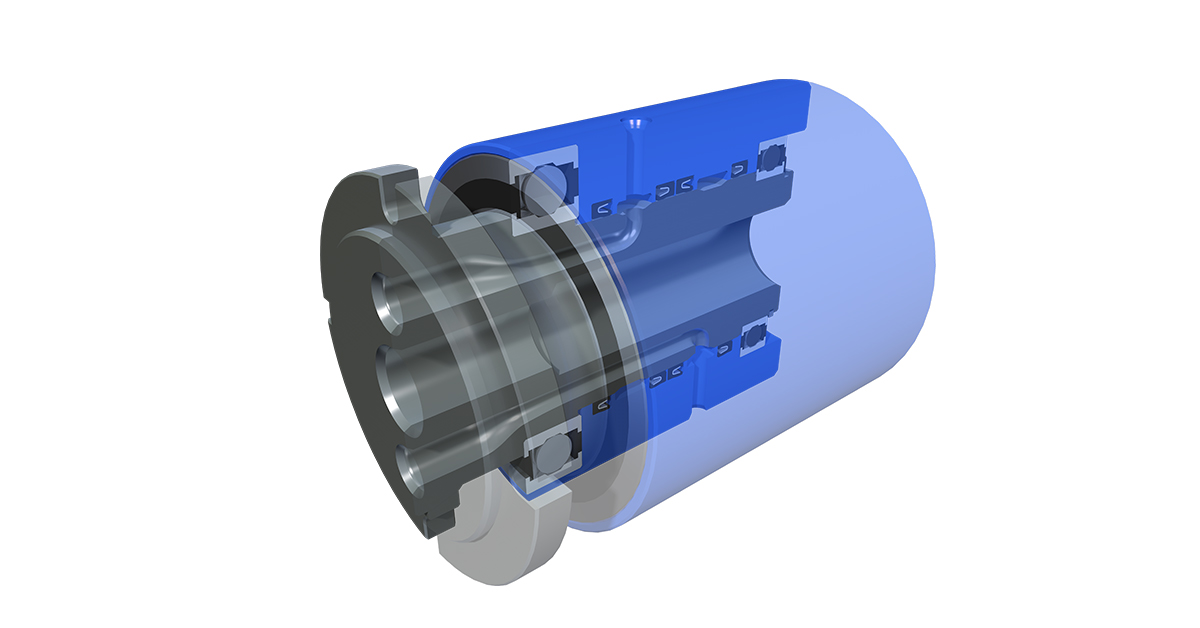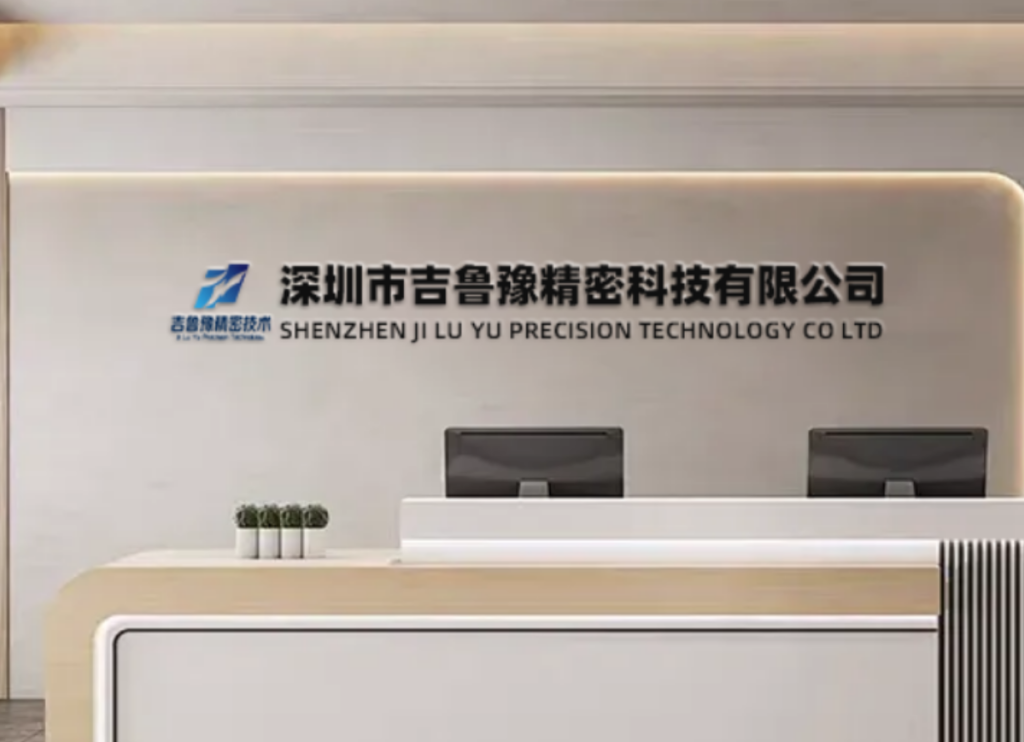7 Critical Manufacturing Processes for High-Performance RV Reducer for Robotics Applications
Introduction: The Heart of Industrial Robot Precision
The RV reducer for robotics represents one of the most critical components in modern industrial automation, serving as the precision backbone for robotic joints and motion systems. These sophisticated reduction devices combine the principles of planetary gearing and cycloidal drive technology to deliver exceptional torque density, positioning accuracy, and operational reliability. The RV reducer for robotics has become the preferred choice for industrial robots due to its unique ability to provide high reduction ratios in compact form factors while maintaining exceptional stiffness and minimal backlash. As manufacturing demands continue to evolve toward higher precision and reliability, the manufacturing quality of RV reducer for robotics components becomes increasingly crucial for achieving optimal robotic performance.
At JLYPT, our expertise in precision CNC machining has established us as leaders in manufacturing high-performance components for RV reducer for robotics applications. This comprehensive technical analysis examines seven essential manufacturing processes that transform engineering designs into reliable reduction systems, while exploring the sophisticated engineering principles that ensure optimal performance across diverse industrial applications.
1. Fundamental Principles of RV Reducer Technology
1.1 Dual-Stage Reduction Architecture
The RV reducer for robotics operates on a sophisticated two-stage reduction principle that combines planetary gearing with cycloidal drive technology to achieve exceptional performance characteristics.
Primary Reduction Stages:
-
First Stage: Planetary gear system providing initial speed reduction
-
Second Stage: Cycloidal drive mechanism delivering high-ratio reduction
-
Output Mechanism: Needle bearing arrangement for smooth torque transmission
-
Housing Design: Precision-machined structure for component alignment and protection
Performance Comparison Table:
| Performance Metric | RV Reducer | Harmonic Drive | Planetary Gearbox |
|---|---|---|---|
| Reduction Ratio | 30:1 to 256:1 | 50:1 to 160:1 | 3:1 to 10:1 per stage |
| Torsional Stiffness | 300-800 Nm/arcmin | 100-300 Nm/arcmin | 50-200 Nm/arcmin |
| Backlash | <1 arcmin | <1 arcmin | 3-10 arcmin |
| Shock Load Capacity | 500% of rated torque | 300% of rated torque | 200% of rated torque |
| Efficiency | 85-92% | 80-90% | 95-98% |
1.2 Performance Classification and Applications
RV Reducer Performance Categories:
| Reducer Class | Torque Range (Nm) | Reduction Ratio | Accuracy Grade | Applications |
|---|---|---|---|---|
| Standard Series | 100-800 | 30-121 | P1 | General industrial robots |
| High Torque Series | 800-5000 | 50-181 | P0 | Heavy payload robots |
| Precision Series | 50-500 | 80-256 | P0 | Semiconductor, medical robots |
| Compact Series | 30-300 | 30-121 | P1 | Collaborative robots |
| High-Speed Series | 100-1000 | 30-81 | P1 | High-speed automation |
2. Advanced Material Selection and Engineering
2.1 Comprehensive Material Strategy
The performance of RV reducer for robotics components depends on advanced material selection where hardness, toughness, and wear resistance are carefully balanced for optimal performance.
Material Selection Matrix for RV Reducer Components:
| Material Specification | Component Application | Hardness (HRC) | Core Toughness | Wear Resistance |
|---|---|---|---|---|
| 20CrMnTi | Planetary gears, cycloid gears | 58-62 | Excellent | Superior |
| 42CrMo | Input shaft, output flange | 52-56 | Very Good | Excellent |
| GCr15 | Needle bearings, rollers | 60-64 | Good | Exceptional |
| 38CrMoAl | Housing components | 48-52 | Excellent | Very Good |
| 20CrNiMo | High-load gears | 58-62 | Excellent | Superior |
| QT600-3 | Structural housings | 220-280 HB | Very Good | Good |
2.2 Specialized Heat Treatment Processes
Advanced Thermal Processing:
-
Carburizing and Quenching: Case depth 0.8-1.2mm with surface hardness 58-62 HRC
-
Carbonitriding: Enhanced surface properties for improved wear resistance
-
Induction Hardening: Localized hardening for specific wear surfaces
-
Deep Cryogenic Treatment: -196°C processing for dimensional stability and stress relief
Surface Engineering Applications:
-
Precision Grinding: Surface finish Ra 0.2-0.4μm for optimal gear contact
-
Superfinishing: Final surface refinement to Ra 0.1-0.2μm
-
Phosphating: Surface treatment for improved run-in characteristics
-
DLC Coatings: Diamond-like carbon for extreme pressure applications
3. Precision CNC Machining Methodologies
3.1 Multi-Axis Machining for Complex Geometries
The manufacturing of RV reducer for robotics components requires advanced CNC machining capabilities to achieve the complex geometries and tight tolerances necessary for optimal performance.
5-Axis Simultaneous Machining Applications:
-
Complex Housing Geometries: Single-setup machining of bearing seats and mounting features
-
Precision Gear Cutting: Multi-axis machining of cycloid gear profiles
-
Integrated Feature Machining: Combined drilling, tapping, and boring operations
-
High-Speed Machining: Optimized tool paths for efficient material removal
Critical Machining Parameters for RV Reducer Components:
| Manufacturing Process | Material Type | Cutting Speed (m/min) | Feed Rate (mm/rev) | Depth of Cut (mm) | Tolerance (mm) |
|---|---|---|---|---|---|
| Gear Hobbing | 20CrMnTi | 80-120 | 0.05-0.15 | 0.3-1.0 | ±0.005 |
| Precision Turning | 42CrMo | 120-180 | 0.03-0.10 | 0.2-0.8 | ±0.003 |
| Grinding | GCr15 | 25-35 | 0.5-2.0 | 0.01-0.05 | ±0.001 |
| Honing | Various | 30-60 | 0.1-0.5 | 0.005-0.02 | ±0.002 |
| Deep Hole Drilling | 38CrMoAl | 60-100 | 0.01-0.03 | 10-30xD | ±0.010 |
3.2 Specialized Manufacturing Processes
Cycloid Gear Manufacturing:
-
Profile Grinding: Precision grinding of cycloid tooth profiles
-
Heat Treatment Control: Controlled distortion during thermal processing
-
Lapping Process: Final accuracy improvement through precision lapping
-
Quality Verification: Comprehensive measurement of tooth geometry and accuracy
Planetary Gear Production:
-
Hard Gear Cutting: Precision machining of hardened gear teeth
-
Profile Modification: Strategic tooth modifications for optimal load distribution
-
Surface Integrity: Controlled processing to prevent grinding burns
-
Dynamic Balancing: High-speed balancing for smooth operation
4. Gear System Design and Optimization
4.1 Advanced Design Principles
The design of RV reducer for robotics systems requires sophisticated engineering approaches to optimize performance for specific robotic applications.
Design Optimization Factors:
-
Load Distribution Analysis: Finite element analysis for optimal stress distribution
-
Thermal Management: Heat dissipation and thermal expansion considerations
-
Stiffness Optimization: Balancing static and dynamic stiffness requirements
-
Life Calculation: Advanced life prediction models based on application conditions
Performance Enhancement Strategies:
-
Tooth Profile Optimization: Modified cycloid profiles for reduced vibration
-
Bearing Arrangement: Optimized bearing selection and preload
-
Lubrication System Design: Advanced lubrication delivery and retention
-
Sealing Systems: Multi-stage sealing for environmental protection
4.2 Precision Assembly Techniques
Controlled Assembly Processes:
-
Clean Room Assembly: Class 1000 environment for precision assembly
-
Component Matching: Selective assembly for optimal performance matching
-
Preload Control: Precision preload adjustment with torque monitoring
-
Alignment Verification: Laser alignment and geometric measurement
Assembly Quality Metrics:
-
Backlash Control: 0.5-1.0 arcmin for precision applications
-
Runout Tolerance: 0.005mm maximum for output flange
-
Parallelism: 0.008mm per 100mm for mounting surfaces
-
Flatness: 0.006mm per 100mm for critical interfaces
5. Quality Assurance and Testing Protocols
5.1 Comprehensive Metrology Systems
The verification of RV reducer for robotics components employs state-of-the-art measurement technologies and rigorous inspection protocols.
Dimensional Metrology Capabilities:
-
Gear Measurement Centers: Complete tooth geometry analysis with 1μm accuracy
-
Coordinate Measuring Machines: Volumetric accuracy 1.5 + L/400 μm
-
Roundness Measurement: Accuracy to 0.1μm with harmonic analysis
-
Surface Topography: 3D surface analysis with Ra measurement to 0.01μm resolution
Performance Testing Protocols:
-
Efficiency Testing: Input-output power measurement across operating range
-
Backlash Measurement: Precision measurement under varying load conditions
-
Torsional Stiffness: Static and dynamic stiffness characterization
-
Life Testing: Accelerated life testing under controlled overload conditions
5.2 Environmental and Reliability Testing
Durability Validation Protocols:
-
Thermal Cycling: -40°C to +120°C temperature extremes testing
-
Vibration Endurance: Random vibration to 10Grms per ISO 10816
-
Contamination Testing: Performance verification with controlled contamination levels
-
Overload Testing: 500% rated torque capacity verification
6. Lubrication and Thermal Management
6.1 Advanced Lubrication Systems
Proper lubrication is critical for the performance and longevity of RV reducer for robotics systems operating under demanding conditions.
Lubrication System Design:
| Lubrication Type | Temperature Range | Speed Limit | Service Interval | Applications |
|---|---|---|---|---|
| Grease Lubrication | -30°C to +120°C | Moderate | 4,000-8,000 h | Standard industrial |
| Oil Bath | -20°C to +100°C | High | 8,000-12,000 h | High-speed applications |
| Oil Mist | -20°C to +150°C | Very High | 12,000-20,000 h | Continuous operation |
| Solid Lubricant | -50°C to +200°C | Low | 2,000-4,000 h | Extreme environments |
| Synthetic Oil | -40°C to +150°C | High | 10,000-15,000 h | Precision applications |
6.2 Thermal Management Solutions
Heat Dissipation Strategies:
-
Integrated Cooling Fins: Optimized fin geometry for maximum heat transfer
-
Thermal Interface Materials: Advanced compounds with high conductivity
-
Forced Air Cooling: Strategic airflow management for heat removal
-
Liquid Cooling: Advanced cooling systems for high-power applications
7. Application Case Studies
Case Study 1: Automotive Welding Robot
Challenge: An automotive manufacturer required RV reducer for robotics systems for spot welding robots with 500kg payload capacity and positioning accuracy of ±0.1mm. Existing systems experienced premature wear and accuracy degradation.
JLYPT Solution: We developed custom RV reducer for robotics systems featuring advanced heat treatment and precision grinding. The manufacturing process incorporated multi-stage quality control and specialized run-in procedures.
Results:
-
Achieved positioning accuracy of ±0.05mm under full load
-
Extended service life to 25,000 hours between maintenance
-
Reduced backlash to 0.8 arcmin throughout service life
-
Improved repeatability for consistent weld quality
Case Study 2: Semiconductor Wafer Handling
Challenge: A semiconductor equipment manufacturer needed ultra-precision RV reducer for robotics for wafer handling robots with minimal particle generation and exceptional reliability in cleanroom environments.
JLYPT Solution: Our team developed specialized RV reducer for robotics systems using vacuum-compatible materials and advanced sealing systems. All components underwent rigorous cleaning and particle counting procedures.
Results:
-
Achieved particle generation rates below Class 1 requirements
-
Maintained accuracy within ±0.02mm through 30,000 hours
-
Enabled 40% faster cycle times through higher stiffness
-
Reduced maintenance downtime by 85%
Case Study 3: Heavy Payload Material Handling
Challenge: A logistics automation provider required robust RV reducer for robotics for palletizing robots handling 1,500kg payloads with high shock load resistance and reliability.
JLYPT Solution: We implemented heavy-duty RV reducer for robotics systems featuring reinforced gear designs and advanced bearing arrangements. Precision manufacturing ensured optimal alignment and load distribution.
Results:
-
Achieved shock load capacity of 600% rated torque
-
Maintained performance through 20,000 hours of heavy-duty operation
-
Reduced maintenance requirements by 70%
-
Improved positioning repeatability under varying load conditions
Future Development Trends
Emerging Technologies and Innovations
The continued evolution of RV reducer for robotics technology is driving advancements across multiple technical domains.
Advanced Material Applications:
-
Nanostructured Steels: Enhanced fatigue strength and wear resistance
-
Composite Materials: Lightweight designs with maintained strength
-
Smart Materials: Embedded sensing and self-monitoring capabilities
-
Advanced Coatings: Next-generation surface treatments for extended life
Digital Integration Technologies:
-
Embedded Sensors: Real-time monitoring of load, temperature, and wear
-
IoT Connectivity: Cloud-based monitoring and predictive maintenance
-
Digital Twin Integration: Virtual modeling for performance optimization
-
AI-Driven Optimization: Machine learning for predictive maintenance and performance tuning
Conclusion: Engineering Excellence in Precision Reduction
RV reducer for robotics technology represents the pinnacle of precision engineering in modern industrial automation. The seven manufacturing processes explored—advanced material engineering, precision machining, heat treatment, quality assurance, assembly techniques, lubrication systems, and performance validation—demonstrate the comprehensive approach required to produce components that meet the exacting demands of contemporary robotic applications.
As robotic technology continues to advance, the requirements for RV reducer for robotics systems will become increasingly demanding, driving further innovation in manufacturing technologies and material science. The integration of digital technologies, advanced analytics, and smart manufacturing practices will ensure that RV reducer technology remains at the forefront of precision motion control innovation.
At JLYPT, our commitment to manufacturing excellence ensures that every RV reducer for robotics component we produce meets the highest standards of performance, reliability, and precision. Through continuous improvement and rigorous quality assurance, we enable our partners to achieve new levels of capability and performance in their automated systems.
For engineering teams seeking to enhance their robotic systems through superior reduction solutions, contact JLYPT today to discuss your specific requirements and discover how our manufacturing expertise can contribute to your success in the competitive field of industrial automation.







